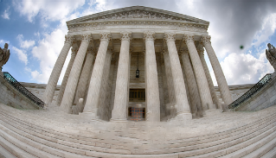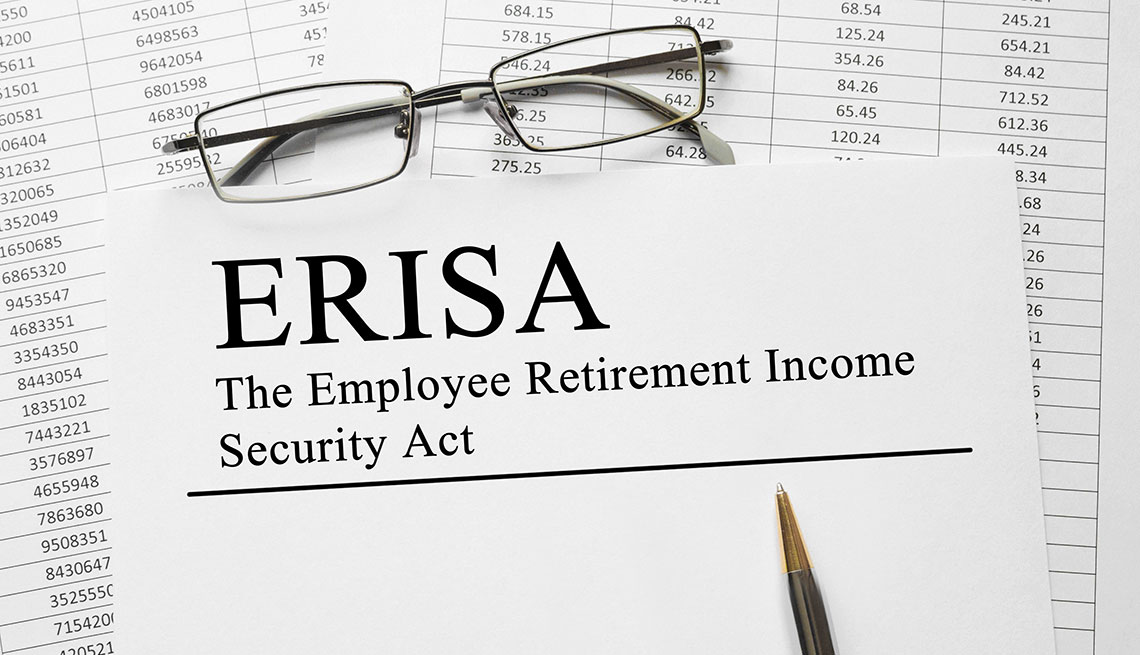About Us
In the coming terms, the Supreme Court may need to wade back into the discussion regarding what constitutes an imprudent action in violation of ERISA and further clarify the breach of fiduciary duty pleading standards after Hughes v. Northwestern University, 142 S. Ct. 737 (2022). In Hughes, the Court held that determining whether participants state plausible claims against plan fiduciaries involves a “context specific inquiry” of the fiduciaries’ “duty to monitor all plan investments and to remove any imprudent ones.” Id. at 740 (citing Tibble v. Edison Int’l, 575 U.S. 523, 530 (2015)).
Since then, lower courts have applied Hughes but still held that plaintiffs failed to plausibly challenge their plan administrators’ prudence. For example, in June, the Sixth Circuit applied Hughes and held that a plaintiff had not plausibly pled that plan administrators acted imprudently when they chose higher-fee, actively managed funds by simply comparing the fund’s returns to an index fund. Smith v. CommonSpirit Health, 37 F.4th 1160, 1166 (6th Cir. 2022). The court wrote that while “pointing to an alternative course of action. . . will often be necessary to show a fund acted imprudently (and to prove damage). . . that factual allegation is not by itself insufficient.” Id.
The Western District of Pennsylvania reached the same conclusion in Mator v. Wesco Distribution, Inc., a case in which the plaintiffs argued that plan administrators breached their duty of prudence by “failing to evaluate fees and monitor costs assessed to the Plan.” No. 21-CV-00403, 2022 WL 1046439 at *1 (W.D. Pa. Apr. 7, 2022). The district court held, however, that the plaintiffs’ pleadings had offered “a mere price tag to price tag comparison, accompanied by conclusory allegations,” and dismissed their claim with leave to amend. Id. at *7.
The Supreme Court’s holding that evaluating breach of fiduciary claims using a categorical rule “is inconsistent with the context-specific inquiry that ERISA requires,” Hughes, 142 S. Ct. at 740, does not guarantee success for plaintiffs who are disappointed by their plans’ returns or disgruntled by associated fees. The “context-specific inquiry” required by the Court may lead to a flurry of litigation as plaintiffs and plan fiduciaries contest the prudence of various financial decisions.
One perennial topic in ERISA litigation is the extent to which the statute preempts state law claims. One plaintiff has petitioned the Supreme Court to review a Colorado Court of Appeals decision that prevents parties from bringing state law-based claims to the proceeds of an ERISA plan account after those proceeds have been distributed. Petition for a Writ of Certiorari at 3, Ragan v. Ragan, No. 21-1571 (U.S. June 15, 2022). The petition seeks to have the Court clarify whether ERISA preempts post-distribution suits. Id. While the majority of circuits to weigh in on this issue have held that ERISA does not preempt post-distribution claims brought under state law, id. at 2, the Colorado Court of Appeals relied on the minority Ninth Circuit view, which holds that post-distribution suits brought under state law “would allow for an end-run around ERISA’s rules,” as a result “greatly weakening, if not entirely abrogating, ERISA’s broad preemption provision.” Ragan v. Ragan, 494 P.3d 664, 671 (Colo. App. 2021) (citing Carmona v. Carmona, 603 F.3d 1041, 1061 (9th Cir. 2010)). If the Supreme Court grants certiorari, it could bring clarity to a long-disputed area of ERISA preemption and alter claimants’ abilities to challenge how ERISA plan proceeds are distributed.



















